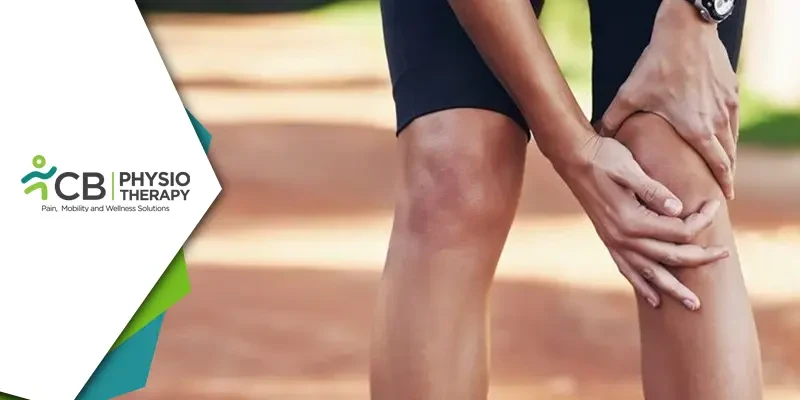India alone accounts for almost 70 million rare disease patients. Most of the patients suffering from these rare conditions lived meaningful lives long before their diagnosis. It was challenging for my family to receive a medical report with a diagnosed condition that was considered RARE, which has no cure and can only be managed. Until receiving that report, I was living life, with an MBA in Finance and investment banking experience of over 13 years. Never did I imagine that my life will change in no time! When I might have expected to be in the proverbial pink of health, I was diagnosed with a rare medical condition, Isaacs’ Syndrome (a spontaneous muscle movement and weakness triggered by the peripheral nerve region), accompanied by membranous glomerulonephritis, Lyme disease, and glaucoma.
Isaac’s Syndrome
Isaac's syndrome is a rare neuropathic disorder characterized by continuous muscle twitching, weakness, and cramps. It is caused by the overproduction of acetylcholine, a neurotransmitter, leading to muscle overstimulation. Isaac’s syndrome or chronic inflammatory demyelinating polyneuropathy (CIDP), is characterized by progressive weakness and impaired sensory function in the arms and legs.
The treatment may involve medications to reduce symptoms such as anticholinesterase drugs and anticonvulsantsPhysiotherapy is also found to be beneficial for individuals with Isaac's syndrome by:
- Improving muscle strength and endurance
- Enhancing joint mobility and flexibility
- Reducing pain and discomfort
- Improving balance and coordination
- Maintaining or increasing functional abilities.
I thought I would not get a second chance to evaluate life’s priorities and my responsibilities towards them. Dealing with stabbing pain and constant twitches throughout the body is not easy. You might guess that these diagnoses altered the course of my life irrevocably, with my identity slowly changing from being a healthy person to becoming a patient. This transition was painful and disabling.
Did my diagnosis break me as a person? Was I terrified? How did I perceive the situation and become the person I am today?
I wish to address this and other questions in my journey through Ordinarily Rare, an initiative to spread awareness about rare and chronic diseases by compiling and sharing knowledge and patient experiences for the benefit of others. We are entering a time when the number of rare and chronic health cases is on a rise in India and therefore, I appeal and would be immensely grateful to readers if they could endorse this endeavor through, for instance, social media promotions or organizing events to broaden awareness.
Although years have passed since my diagnosis, in my experience, the burden of having a rare disease is as yet hardly understood and some situations in life require more support than others and so is this condition.

